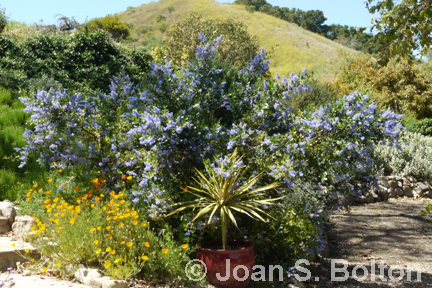
Have you noticed the changes? Our evenings are cooling off. The light is at increasingly sharp angles at sunrise and sunset. And just a week or so ago, it became official. Yes, fall is here.
From a trivia standpoint, it might be useful to know that the autumnal equinox marks the midpoint between the longest and shortest days of the year.
Far more important to gardeners, however, is that fall is the best time of year to plant just about everything.
With shorter days and cooler temperatures, there’s scant chance of new, small plants wilting or drying out. The ground is still warm and inviting for roots. And for us humans, the air is clear, crisp and comfortable for working outdoors.
What to Plant
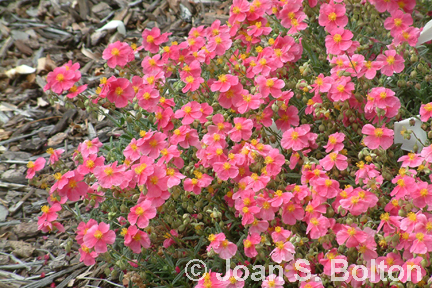
Most landscape trees, shrubs, perennials, ground covers, bulbs and cool-season vegetables can go in the ground now.
The only exceptions are tropical and subtropical plants, such as begonias, bougainvillea, fuchsias, hibiscus and palms, as well as avocado, citrus and exotic fruit trees. Fleshy succulents, too, may suffer if they start out by sitting in cold, rain-soaked soil for several months.
Other than those frost-tender types, now is an especially good time to plant plants that are native to our Mediterranean climate, which is marked by dry, warm summers and wet, cool winters.
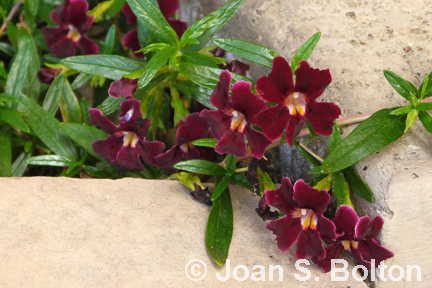
Plants native to this regime often slow down during summer when moisture is scarce, then ramp up growth during the rainy season. This is in marked contrast to plants native to areas where year-round rain supports a lush, summertime green.
Altogether, four other regions share our distinctive climate: the basin surrounding the Mediterranean Ocean, which includes the coasts of France, Spain, Italy, Greece and the northern tip of Africa; southwestern and southern Australia; the cape of South Africa; and central Chile.
Our common ground starts with rainy winters and summer drought. We are generally within 30° to 45° latitude north or south of the equator. And we’re mostly coastal, sandwiched between cool, ocean currents and dry, inland deserts.
A wide range of beautiful, water-conserving plants thrives within these confines. The following are just a sampling of what you might find.
The Mediterranean Basin
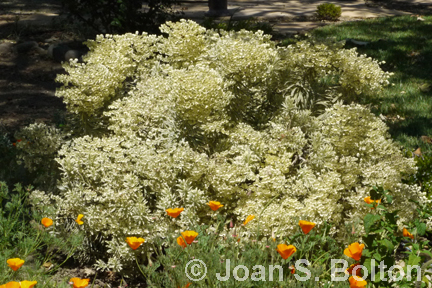
Many of our best plants come from this region, including lavender, rosemary and thyme. All three are nearly ever-blooming, fragrant, edible and grow in myriad forms, from sturdy shrubs to trailing ground covers. They thrive in full sun and fast-draining soil.
Other shrubs include rockrose (Cistus), which bears large, flat flowers in pink, purple or white in spring; pride of Madeira (Echium candicans), which sends up plump cones of blue-purple flowers in early summer; and tree mallow (Lavatera maritima), which envelopes itself in bi-colored lavender and white, hibiscus-like flowers most of the year.
One of my newest favorites is variegated spurge (Euphorbia characias ‘Tasmanian Tiger’), a bold, rounded succulent perennial. Its upright branches, which bear cream-striped leaves, emerge from a clump at its base.

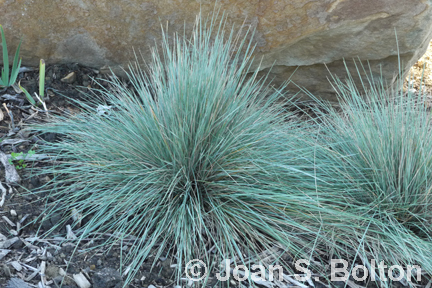
Blue oat grass (Helictotrichon sempervirens) is a shapely ornamental grass.
At 2 feet tall and wide, it’s twice the size, but nearly a carbon copy of ankle-high Elijah blue fescue (Festuca glauca ‘Elijah Blue’).
Closer to the ground, look for sunrose (Helianthemum mummularium), which greets the sun each morning by opening dozens of cup-shaped flowers in burgundy, red, purple, orange, yellow, pink or white.
Other ground-huggers include Majorcan teucrium (Teucrium cossonii), which bears bright pink flowers atop wispy, blue-gray leaves; and ground morning glory (Convolvulus sabatius), which blooms in a lovely shade of purplish-blue.
Australia
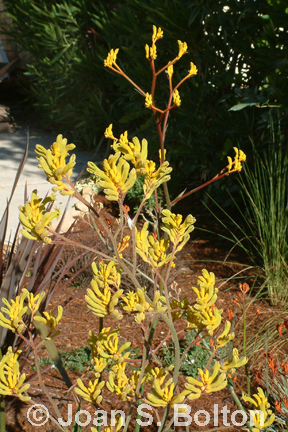
Spiky kangaroo paw (Anigozanthos), with its fuzzy, chenille pipe cleaner-like bloom stalks, may be the favorite Aussie of the moment. And Big Red, which stands 5 feet tall, is likely the most widespread. But other varieties, blooming in orange, yellow and pink, can be found as well.
Australia also offers a number of terrific foundation shrubs.
Little John callistemon (Callistemon ‘Little John’) is medium in size. It’s neat, tidy and bears bottle-brush-like puffs of dark-red flowers year round.
Coast rosemary (Westringia) has a larger silhouette, with gray, green or variegated foliage, and lavender, pink or white flowers.
And the many grevilleas range from tall, billowy shrubs to low ramblers similar to ground cover rosemary. Most bear unusual, curly flowers in shades of coral, red or soft yellow during winter, when that punch of color can be very much appreciated.
South Africa
Here’s an astounding statistic. The Cape of South Africa is said to compose only 3 percent of the land mass of the world’s Mediterranean climate regions, yet is home to more than 80 percent of all Mediterranean plant species.
A number of those species are tiny, obscure bulbs and wildflowers. But they also include the long-used gazania, which, with a number of new hybrids, is undergoing a resurgence in popularity.
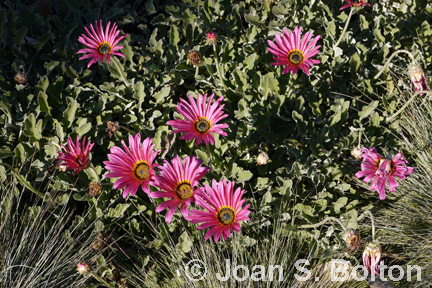
Somewhat similar are new varieties of South African daisy. In particular, Pink African daisy (Arctotis acaulis ‘Big Magenta’) is especially appealing, with big, bright-pink flowers blooming much of the year above spreading, grayish-green leaves.
On a larger scale, two delicate, yet hardy shrubs are cape mallow (Anisidontea), which bears tiny, pink, hibiscus-like flowers; and breath of heaven (Coleonema), which blooms in pink or white and produces soft, needle-like leaves that smell like mint when crushed.
Far more outspoken — and gaining in popularity — are pincushion shrubs (Leucospermum). These, and the related proteas, have been favorites with florists for years. They are difficult to grow, requiring just the right gritty, acidic soil and the world’s best drainage. But newer varieties have been bred to tolerate more general garden conditions. I recently planted an orange hybrid, Sunrise, and am hoping to see my first blooms this winter.
Chile
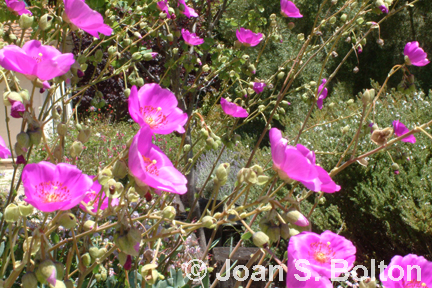
While only a smattering of drought-tolerant plants from Chile have made it into mainstream nurseries, there is a spectacular exception: rock purslane, also known as calandrinia (Cistanthe grandiflora).
One of the hottest new plants, this succulent sends up tall, leafless stems that bear a series of electric pink flowers from spring through fall. Give it full sun or part shade, good drainage and a drink of water now and then, and you’ll have everyone in the neighborhood asking to snap off a piece.
Several bromeliads from Chile are conversation pieces as well, including the sun-loving sapphire tower (Puya alpestris), which forms a grassy-like clump, then sends up a fat, 5-feet-tall stalk of metallic turquoise-blue flowers.
≈
Don’t Forget Our Natives
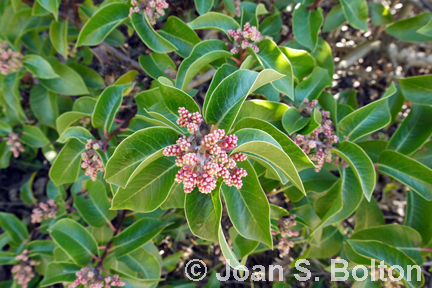
Taking a vicarious tour around the world in search of Mediterranean plants is fun. But don’t overlook plants native to our patch of earth.
If nothing else, sow a packet of California poppies (Eschscholzia californica) for a bright spring. The cheery orange flowers are a great foil at the base of our native California lilacs (Ceanothus), which bloom in pale to dark blue and vary from low ground covers to large shrubs or even small trees.
Other big, easy-to-grow natives include sugar bush (Rhus ovata), lemonadeberry (Rhus integrifolia) and toyon (Heteromeles arbutifolia). All reach at least 10 feet tall and wide.
Of slightly smaller stature are a number of manzanitas (Arctostaphylos). Many bear beautiful, smooth, dark-red bark. Howard McMinn is among the most widely grown.
Much smaller are knee-high coral bells (Heuchera) and the many new monkeyflower (Mimulus) hybrids. Both bloom most of the year, require little irrigation or care, and work well in traditional flower beds.
≈
Seeds of Wisdom
Mulch around your new Mediterranean plants at planting time, then give them a good soak. Continue watering until winter rains take over.
≈
Copyright, Joan S. Bolton. All rights reserved. Reproduction of text or photos in any form is prohibited without written permission.
≈
